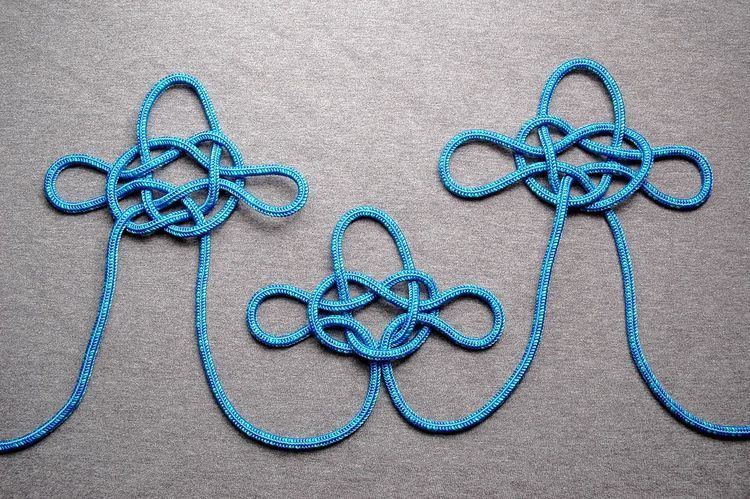 | ||
Jury rigging is the use of makeshift repairs or temporary contrivances, made with only the tools and materials that happen to be on hand, originally in a nautical context. On square-rigged sailing ships, a jury rig is a replacement mast and yards (a yard is a spar to which a sail is attached) improvised in case of damage or loss of the original mast.
Contents
Etymology
The phrase "jury rigged" has been in use since at least 1788. The adjectival use of "jury", in the sense of makeshift or temporary, has been said to date from at least 1616 when it supposedly appeared in John Smith's A Description of New England. It appeared in Smith's more extensive The General History of Virginia, New-England, and the Summer Isles published in 1624.
There are several theories about the origin of this usage of "jury":
Rigging
Ships typically carried a number of spare parts (e.g., items such as topmasts), but the lower masts were too large to carry spares, at up to 1 meter (3 ft 3 in) in diameter. So a jury mast could be various things. Ships usually carried a variety of spare sails so rigging the jury mast, once erected, was mostly a matter of selecting appropriate size. Contemporary drawings and paintings show a wide variety of jury rigs, attesting to the creativity of sailors faced with the need to save their ships. Example jury-rig configurations are:
The jury mast knot is often mentioned as a method to provide the anchor points for securing makeshift stays and shrouds to the new mast. However, there is a lack of hard evidence regarding the knot's actual historical use.
Although ships were observed to perform reasonably well under jury rig, the rig was quite a bit weaker than the original, and the ship's first priority was normally to steer for the nearest friendly port and get replacement masts.
